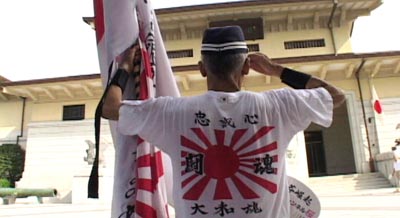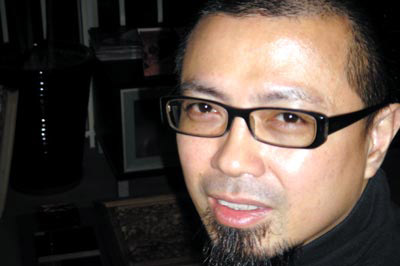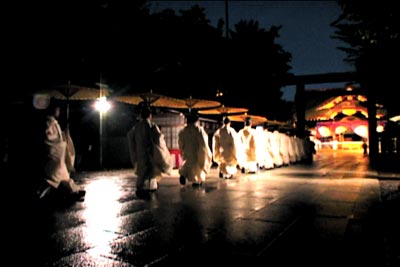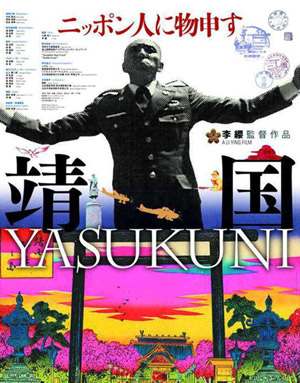Li Ying, 44, who moved to Japan 18 years ago, received international acclaim for his documentary movie Yasukuni that premiered at the Sundance Film Festival. Launch openings in Japan on this year’s April 12 are planned.
Yasukuni Shrine is never a target of criticism in Japan. Lambasting it is taboo. No documentary about the shrine has been made by the Japanese to date; hence, it’s far more difficult for a Chinese to shoot such a film.
At the Sundance Film Festival on January 18, viewers spoke highly of the documentary, saying that it did a good job striking middle ground between different points of view by simply telling the facts.
But regarding this controversial topic, the movie version is viewed as a bombshell in Japan even before its début. The film has stirred stark repercussions in Japan, along with a spate of criticism. The Japanese right-wingers consider it anti-Japan while the majority feels that the film would allow a better perspective toward rethinking about the shrine.
“The documentary is anti-war not anti-Japanese,” Li Ying said bluntly.
Despite difficulties that keep cropping up, the movie will hit Japanese cinemas on April 12. It will lift the shroud of secrecy over the Yasukuni Shrine: it is not tombstones or plaques that are worshipped at Yasukuni, but a sword enshrined within the inner sanctum.
Li Ying, who moved to Japan 18 years ago, has won wide acclaim in the US for his painstaking documentary.
The documentary homes in on the sword and begins with 90-year-old Naoji Kariya, the only surviving bladesmith who helped forge 8,100 yasukunitou wrought within the shrine's premises. The film presents several revealing interviews with the old artisan.
Chrysanthemum and sword, the embodiment of beauty and death, are Japanese national symbols. Do the Japanese love the chrysanthemum more than the sword? The two-hour documentary doesn’t answer the question directly but rather allows room for personal judgment.
"I was watching a film about Nanjing at a seminar in Japan and when it came to the scene where soldiers raised the Japanese flag over the city, the Japanese audience applauded. I was immediately shocked and puzzled," recalled Li.
a still in Yasukuni
The incident drove him to produce a documentary about the Yasukuni Shrine, but he never expected it would take him 10 years to complete.
During shooting, the crew encountered a raft of unexpected difficulties. “Even some left-wingers were not willing to give interviews for inexplicable reasons. Our documentary was made a target of attack during shooting as right-wingers abused us and grabbed our camera,” Li said, looking nostalgic.
"Our team was not able to find a patron initially. But some two years ago, the Beijing Zhongkun Group decided to invest 3 million yuan after they realized that we were in dire financial straits,” said Li. During his worst financial period Li was even unable to pay his apartment rent. When the film was almost completed, Li applied for a Japanese cultural fund feeling it was hopeless but serendipitously he received a grant from them. Li was quite moved when the fund reassured him that it would not withdraw its sponsorship during the period of controversy.
Poster of the documentary Yasukuni
(China.org.cn by He Shan, January 30, 2008)





